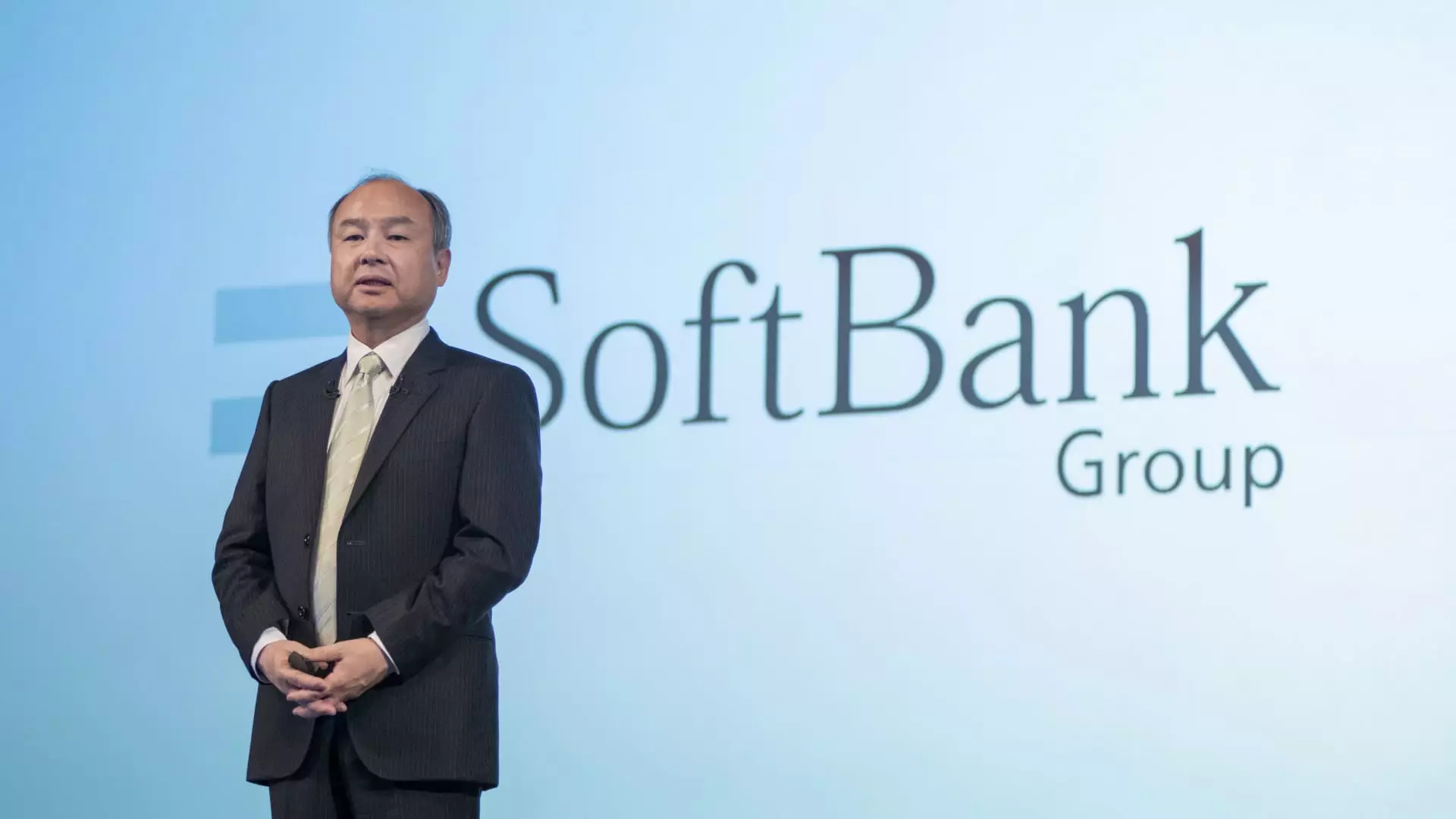In the world of technology investments, few names resonate as powerfully as SoftBank. Recently, the Japanese conglomerate reported significant financial movements that offer insight into its broader strategic direction amidst a chaotic market. In its fiscal second quarter, which ended on September 30, SoftBank recorded a remarkable gain of 608.5 billion yen (approximately $3.96 billion) from its Vision Fund, underscoring a substantial recovery from previous losses. This robust performance marks a pivotal turnaround, especially following a challenging first fiscal quarter where the Vision Fund suffered a loss of 204.3 billion yen.
The Vision Fund’s total gains included a substantial segment attributable to valuation increases within SoftBank Vision Fund 1. This resurgence was notably driven by rising share prices in key portfolio companies, particularly Coupang and Didi Global, alongside appreciations from holdings in Bytedance. Such gains are particularly critical as they reveal SoftBank’s ability to rebound from volatile market conditions, showing that some of its investments may be finally reaping rewards. However, not all areas were flourishing; the Vision Fund 2 experienced considerable setbacks, reporting a net loss of 232.6 billion yen due to declining valuations of technologies like robotics and automation services.
At the heart of SoftBank’s strategic repositioning lies its embrace of the burgeoning artificial intelligence landscape. Masayoshi Son, the company’s CEO, has consistently championed AI’s transformative potential. His bullish stance is underscored by SoftBank’s significant stake in Arm Holdings, a major player in the semiconductor sector, which has generated excitement following its recent IPO. With a majority ownership of around 90%, SoftBank is well-positioned to capitalize on the increasing demand for advanced computing technologies.
Son’s ambitious projections—claiming that AI could become “10,000 times smarter than humans” within a decade—highlight not just optimism but a conviction that aligns with trends in the tech sector. Furthermore, reports suggested that SoftBank is poised to inject $500 million into OpenAI, reinforcing its commitment to lead in AI technology. This focus is reflective of SoftBank’s ongoing efforts to root itself firmly within high-growth sectors, even as it grapples with past misfires in its investment strategy.
Complicating SoftBank’s landscape are the pressures from external factors and activist investors. Elliott Management, an influential stakeholder, has urged for forward-looking strategies, including a considerable share buyback worth $15 billion. In response, SoftBank has initiated its own repurchase program, signifying a potential shift in corporate governance influenced by external pressures.
The broader economic environment in Japan presents a mixed bag for SoftBank. After grappling with significant fluctuations during the summer, attributable to a strong yen and an aggressive sell-off of risk assets, the domestic market appears to be stabilizing. Analysts are cautiously optimistic yet warn of persistent volatility ensnaring the Japanese economy, particularly as it shifts away from an ultra-low-rate policy. For SoftBank, navigating these economic currents is crucial, as future interest rate hikes loom on the horizon.
As SoftBank continues to reveal its financial performance, the company’s journey is marked by both triumphs and setbacks. The recent gains in the Vision Fund are certainly encouraging, but they must be viewed through the lens of SoftBank’s complex investment history, which includes significant losses in prior quarters and stakes in companies whose valuations have plummeted.
The ongoing geopolitical and economic conditions, combined with shifts in consumer behavior and technology adoption, necessitate that SoftBank maintains a proactive strategy. As it leans heavily on its investments in AI and technology, the focused recovery showcases a pivot towards sectors that promise robust long-term growth, albeit not without risk.
SoftBank stands at a crossroads, where its bold investments and strategies must seamlessly integrate with external realities. Success hinges on the company’s ability to adapt and thrive in an ever-evolving technology landscape while remaining attuned to the pressures exerted by investors and market dynamics. If it can successfully leverage its portfolio while managing risk, SoftBank may well solidify its status as a leader in the tech investment arena even amidst uncertainty.

